The phrase “technically impressive” doesn’t hold the same value for me anymore, and it’s hard to really impress with just development in graphical fidelity and ultra-fast loading times. I thought about this phrase a lot while playing The Plucky Squire, and every time the main character effortlessly transitioned from the 2D to 3D space without a single stutter, I was stunned by how seamless it felt.
This wasn’t a revelation; I already knew about this going into the game, but it’s technically impressive nonetheless. But what about everything else? Is this impressive feat a novelty that wears off when you’ve sunk a few hours into this adventure, or does The Plucky Squire have a few more tricks up its sleeve? Let’s find out.
Jot, The Plucky Squire
The Plucky Squire follows Jot, a famed adventurer who is the main character of the titular children’s book. He always saves the day, beats the evil wizard, and is loved by the entire kingdom. He and his archnemesis, Humgrump, have been battling it out since the first book, with Jot always being triumphant.
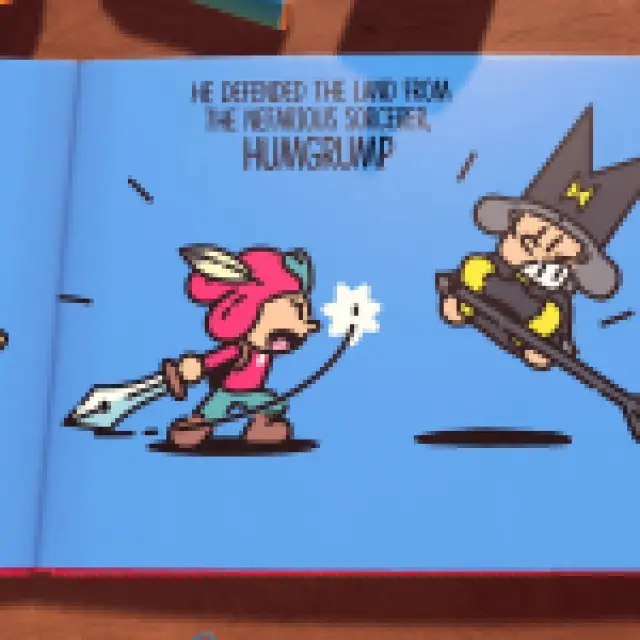
However, this all changes when Humgrump discovers that they’re both characters in a book, and he finds a way to manipulate both the inside and outside the book world.
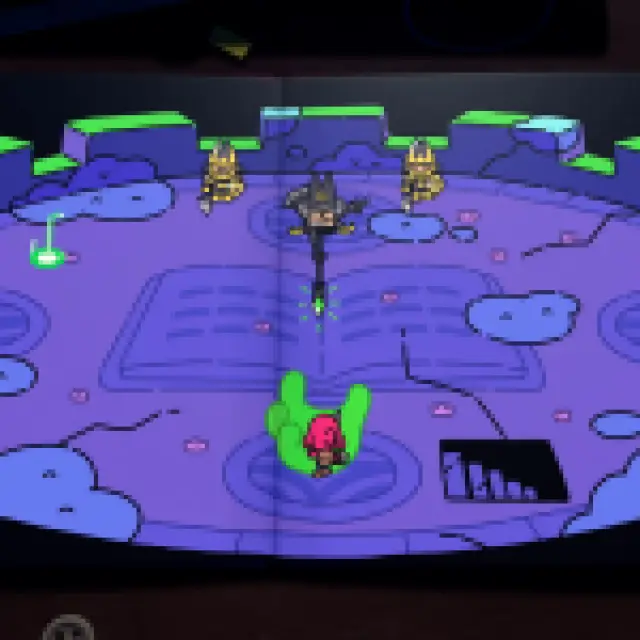
It’s up to Jot and his friends, Violet and Thrash, to find a way to beat Humgrump, save the kingdom, and avoid their erasure. It’s a fun premise and played out in a lighthearted manner. The game’s tone is closer to Adventure Time than Conan, even though Jot is adequately ripped.

There are plenty of characters Jot’s party will meet along the way, most needing a favor or two. I enjoyed these small adventures scattered throughout the game, and while the urgency of the overall quest is brought up at key events, Jot is more than happy to rescue a fish out of water or help round up lost piggies.
Overall, The Plucky Squire is charming, fun, and has something for all ages. Jot’s unwavering sense of heroism and his wholesome companions are a delight to be around. I particularly like how the game spends some time developing the side characters but never to the point where it takes over the main plot.
Words, Goblins and Bugs
While Jot will spend a decent amount of time in both the 2D and 3D space, most of the adventure still plays out in the book. Jot starts off with a simple sword slash and eventually unlocks the ability to throw his sword, perform a spin attack, and a few more tricks.
The combat is a bit basic and reminds me of the earlier Zelda titles, but it lacks any sort of challenge. Most encounters play out in the same way, and you’ll throw your sword, recall it for added damage, and do a few spin attacks to tackle groups.
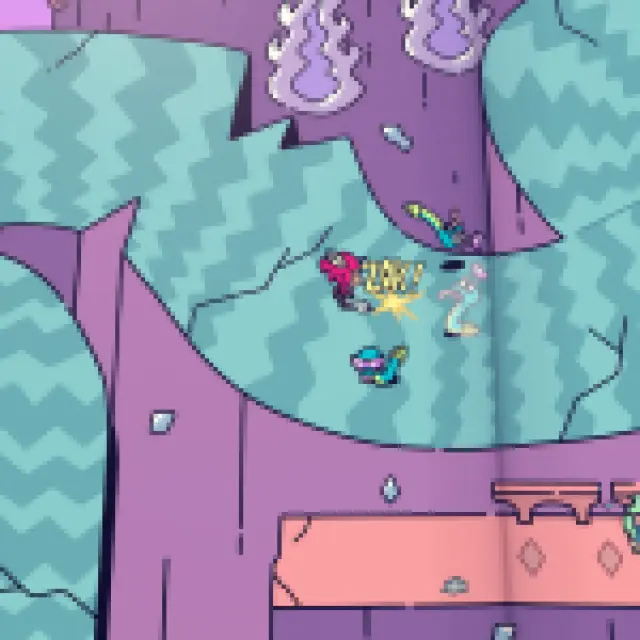
Outside of the combat, though, there are tons of mini-games, each with some fun little mechanic. Sometimes, you’ll have to aim properly at the right time to catch a fish or face off in a drumming battle against a recently departed metalhead ghost. Again, there’s nothing mechanically demanding or complex, but the variety helps with keeping things fresh.
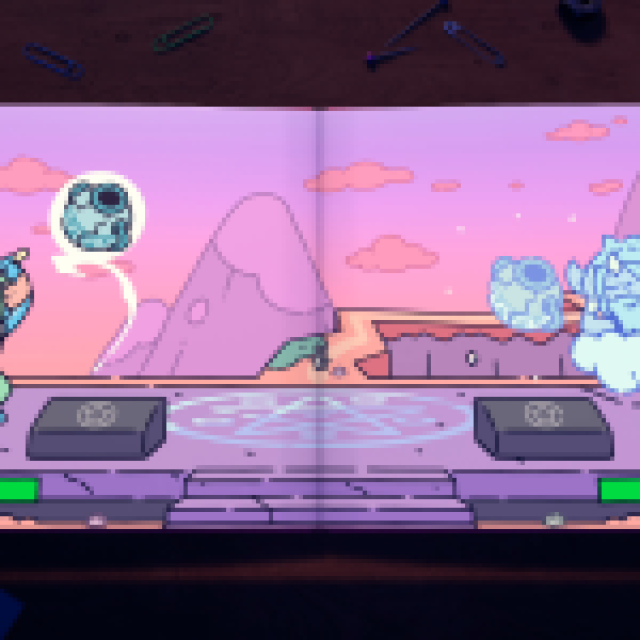
Given this is a storybook, after all, there are plenty of sentence puzzles as well. Think of these as easier versions of Baba is You’s word puzzles. By replacing words, you’ll shift around the environment, swap characters, and even modify objects. I enjoyed these the most because they take a bit to figure out and offer some reasonable challenges.
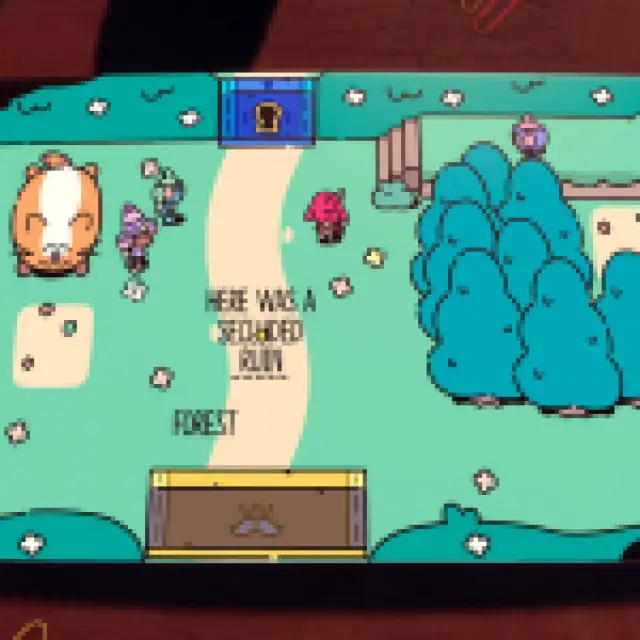
My problem with The Plucky Squire largely comes down to how easy the entire game is. Even on the normal difficulty, I died once throughout the entire game. Just because the game is rated “E” for everyone doesn’t mean that the younger audience isn’t suited for any form of challenge. I think the game should have offered another difficulty mode at the start because most players will breeze through every combat encounter, or platforming section without making any fatal mistake.
Out of the Box
The hook of The Plucky Squire is the Jot’s ability to jump outside the book. The transition between the 2D and 3D environments is so beautifully animated and believable that it’s hard not to be amazed every single time Jot jumps in and out of these planes. There is a clear effort put into making both parts of the game feel extremely polished and detailed.
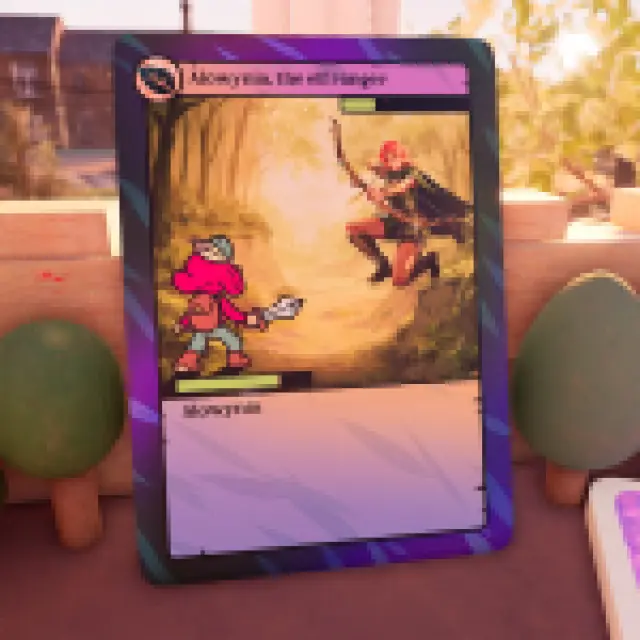
Moving around the table outside the book and seeing each object rendered in incredible detail is a feast for the eyes, and I haven’t seen a more realistic model for an acrylic paint tube in my life.
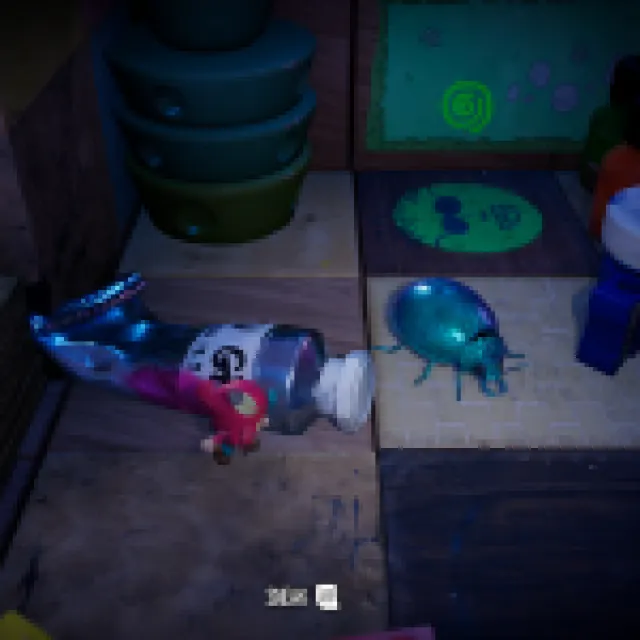
What’s more, when you bring an object outside the 2D space, it renders properly in 3D. This applies to enemies as well who have found their way out of the book. While the 3D space is beautifully realized, it shouldn’t take away from the excellent art direction, creature design, and environments inside the book either. Every aspect of The Plucky Squire’s visual and audio presentation is top-notch and deserves to be praised.

I also want to point out that the game runs incredibly well on PC, and I didn’t run into any stutters. You’d expect that switching between 2D and 3D environments would cause a traversal stutter, but no, it’s as smooth as butter. Granted, I played this on a 4070 Super; I think it would be fine on most machines. It’s also one of the few games where the post-processing effects didn’t bother me. The depth of field is high-quality and used appropriately in the 3D space, and I didn’t get a headache from any added filters or effects either.

- Excellent art direction, both in 2D and 3D spaces
- Likeable cast of characters
- Tons of minigames that add to the variety
- Simple, but fun puzzles centered around word play
- Great performance on PC, with no stuttering during the 2D to 3D transition
- Lack of any challenge, whether in puzzles or combat

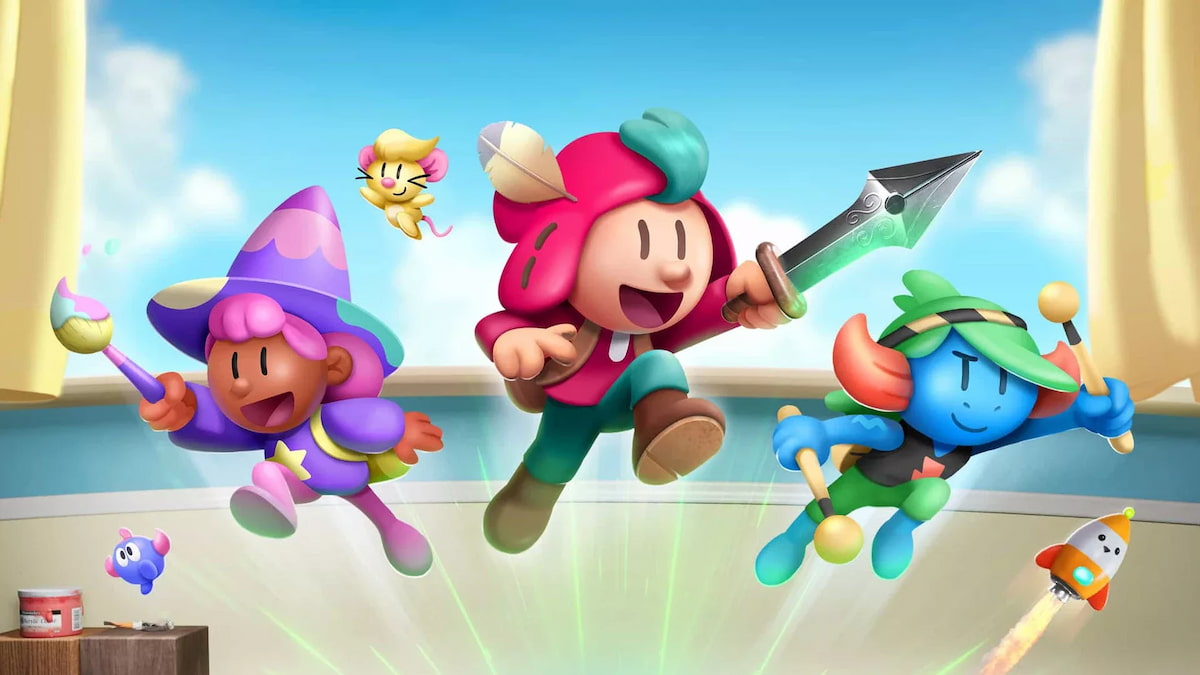









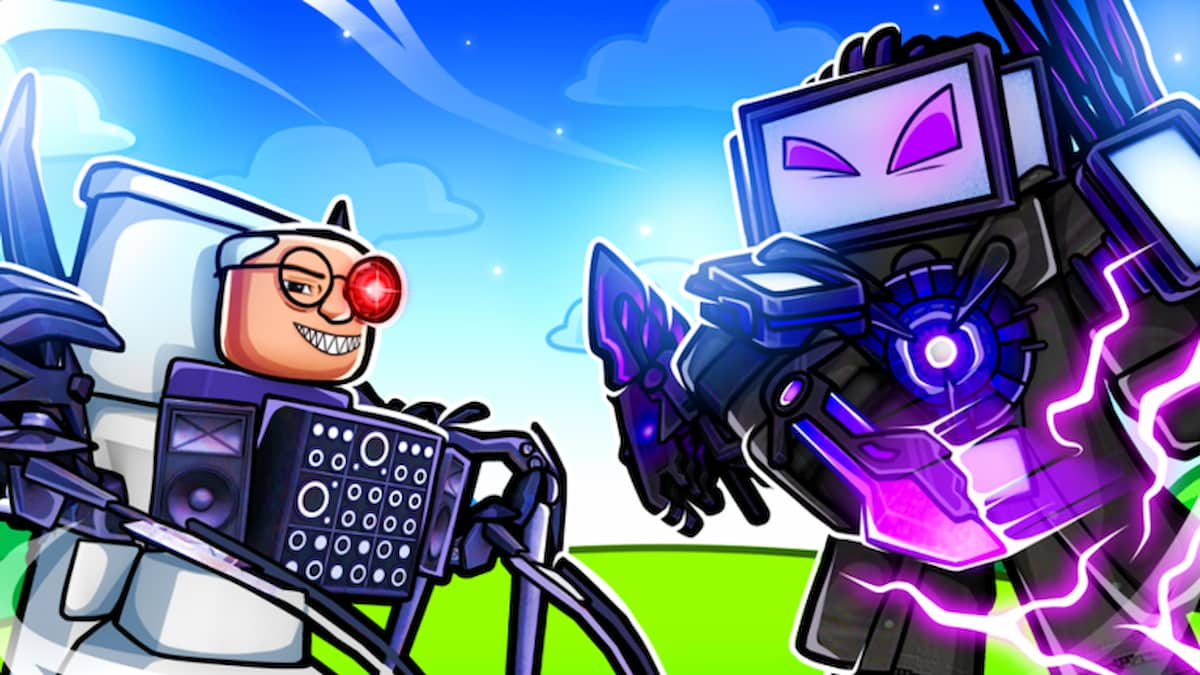

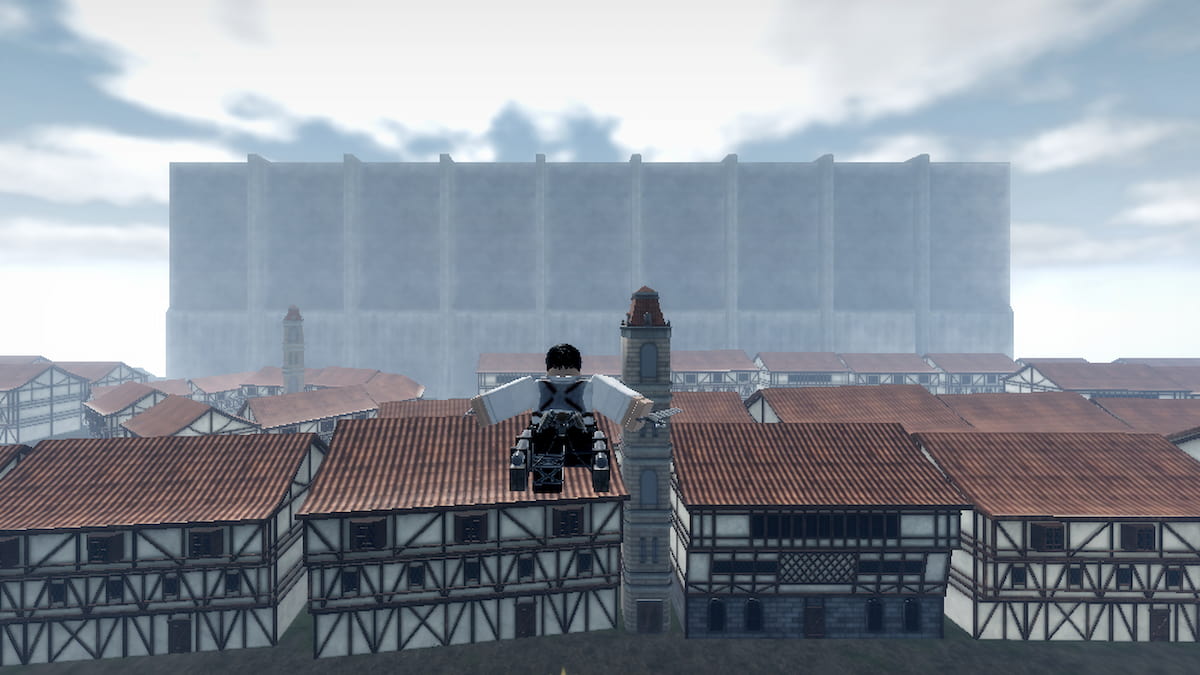


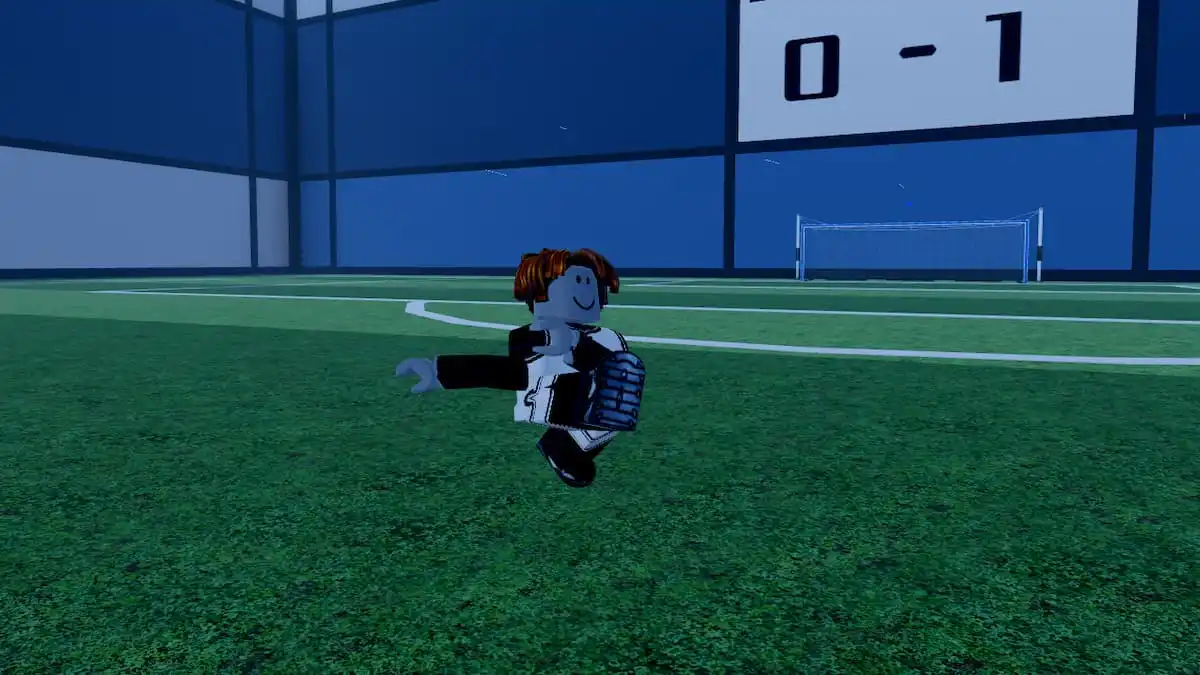
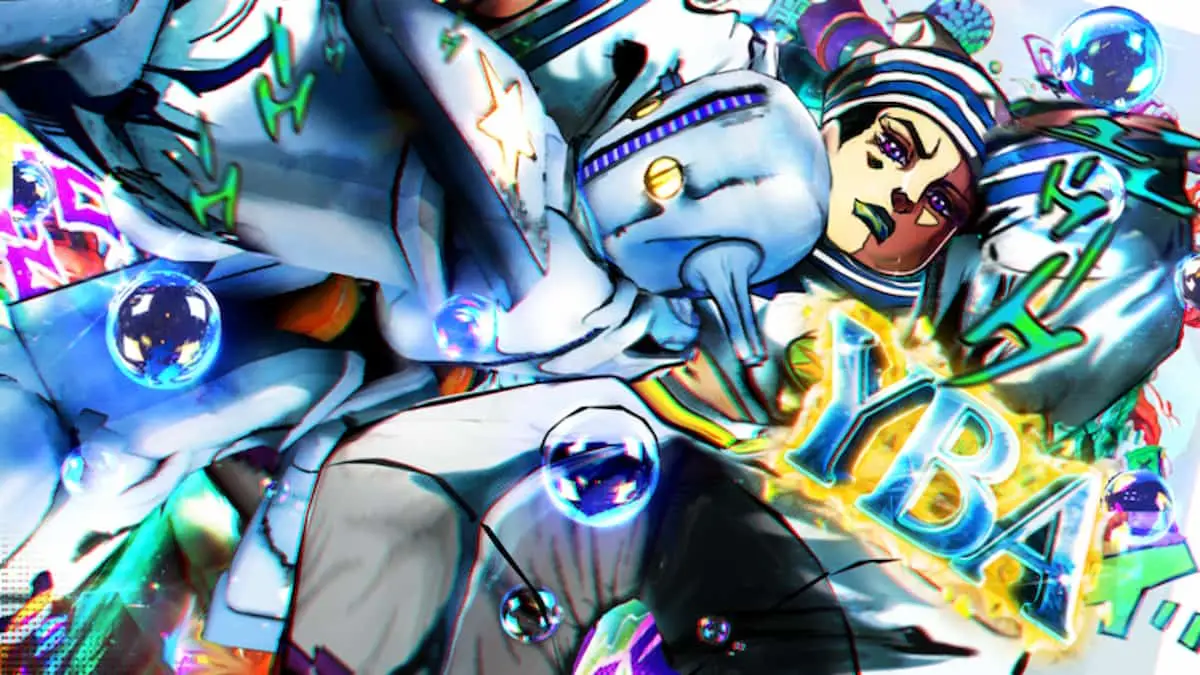



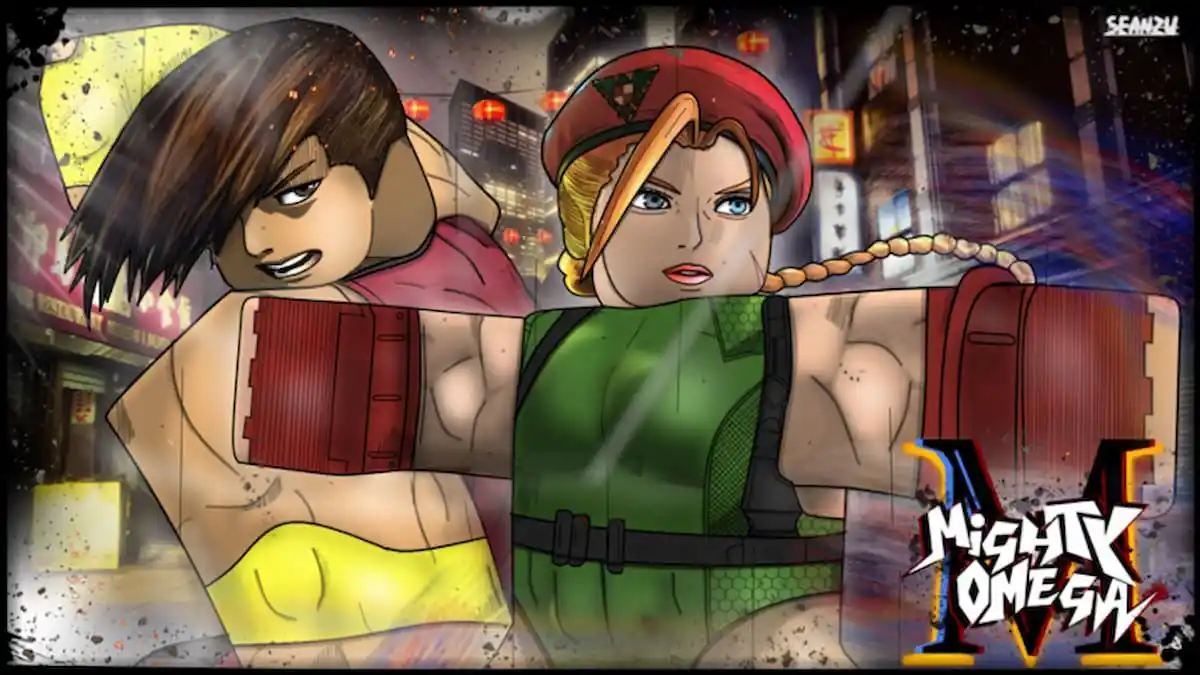
Published: Sep 17, 2024 4:00 PM UTC